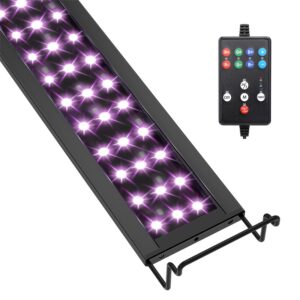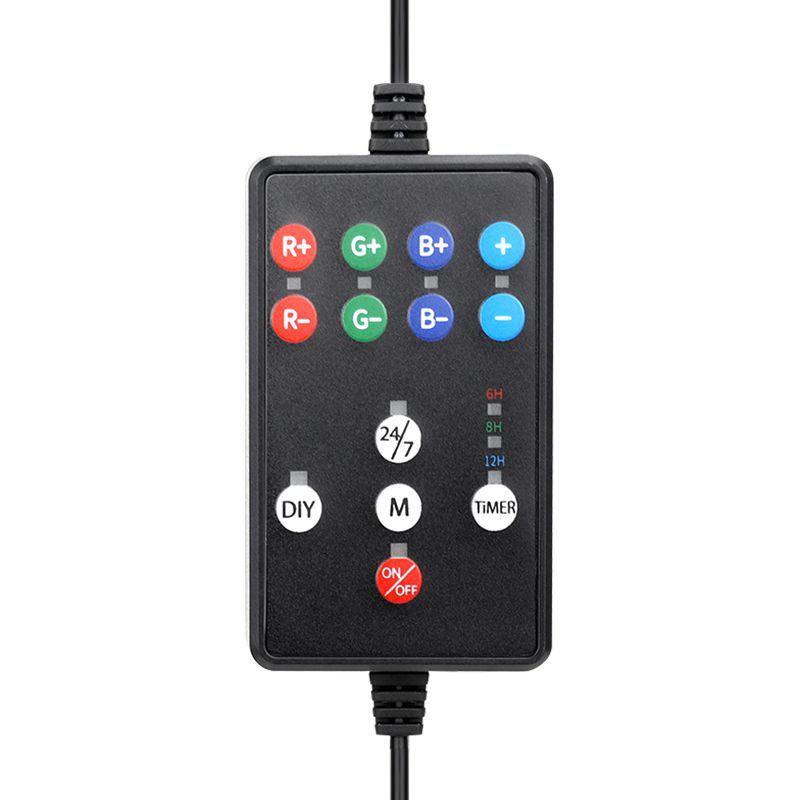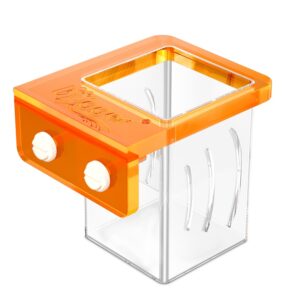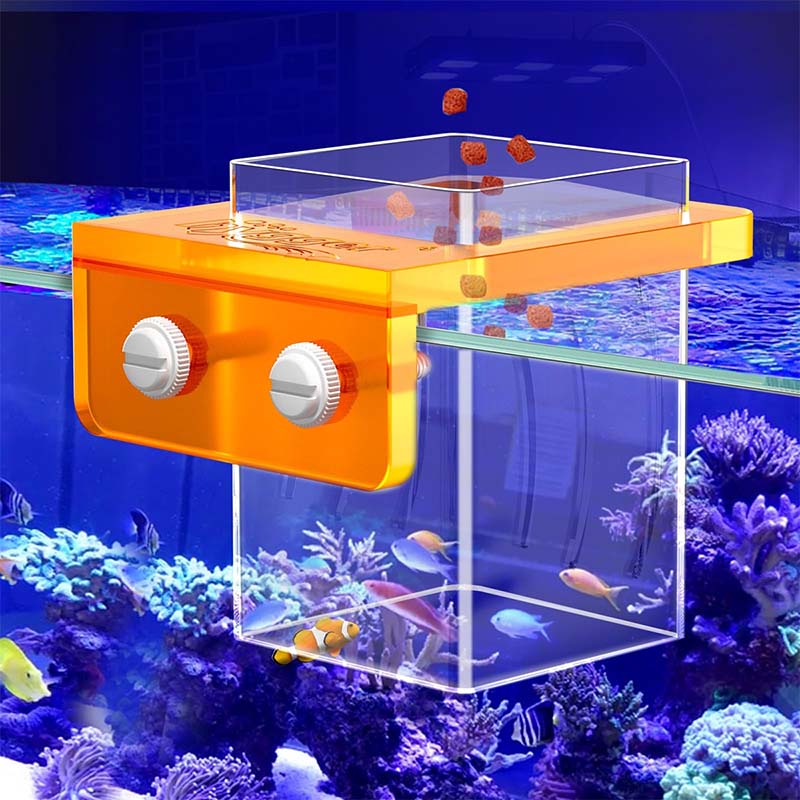Care Guide For Sixline Wrasse in Home Aquariums
Combining the brilliant blue or pink of its body with dazzling red horizontal stripes on its fins, this member of the family Labridae known as the sixline wrasse seems almost human in appearance. Known for its hardiness, this is another saltwater fish species beloved by aquarists. But there’s a catch–occasional aggression makes these six-line wrasse fish require cautious thought before being introduced into the community tank. Leaving their secrets unveiled make these glimmering creatures shine in your aquatic sanctuary.
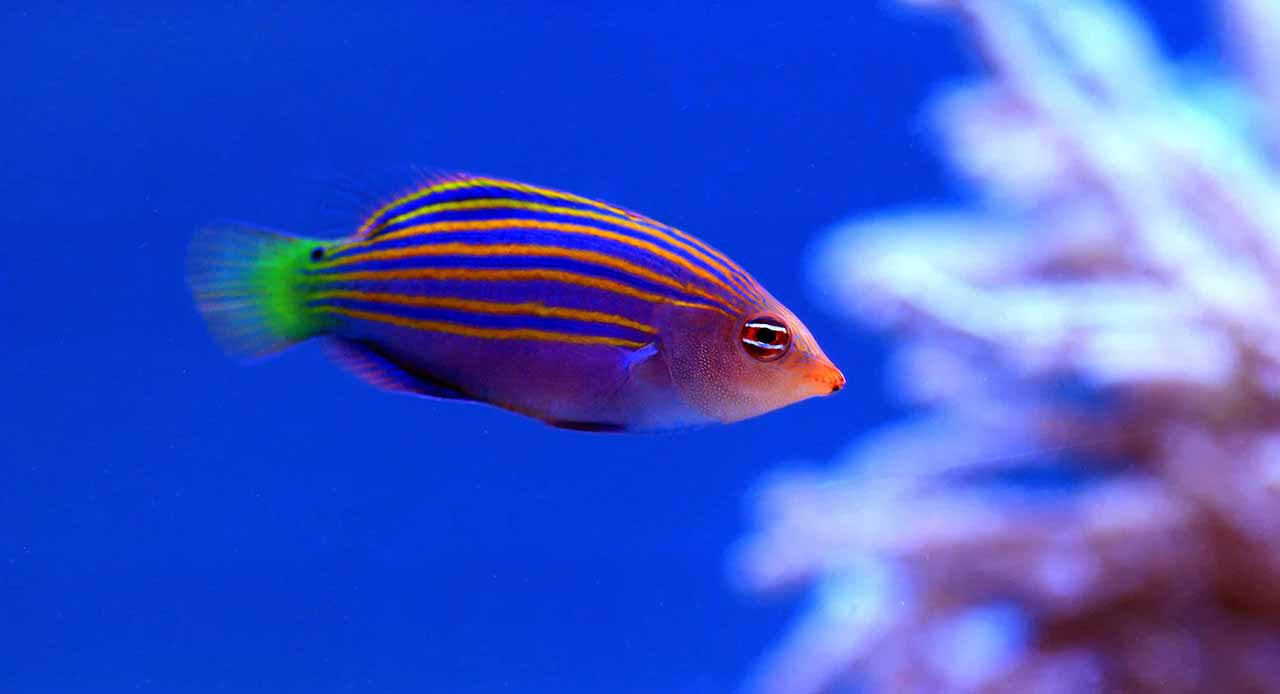
Are Sixline Wrasses Aggressive
Its bright colors and energetic nature make the Sixline Wrasse a prized aquarium fish. But one must know the temperament of this fish before putting it in your tank. Individual personalities may differ, but the Sixline Wrasse has certain defining characteristics that will help you decide whether this is an aquarium fish.
Aggression Levels
The Sixline Wrasse is famous for its aggression, so it’s unsurprising that other fish that look roughly the same size and shape are always afraid of getting on their bad sides. They are excellent swimmers and can become vicious when their territory is threatened. To reduce aggression, leave plenty of hiding places and space in the tank.
Compatibility with Tankmates
The Sixline Wrasse wrasses are lively and aggressive, so you need to take this into account whilst selecting fish tankmates. However, any fish that is non-violent and docile may additionally emerge as the object of Sixline Wrasse’s territorial behavior. They should be saved from sluggish-transferring or timid fish.
Intra-Species Aggression
When male wrasses fish percentage thinking they attack each other, in particular, whilst a tank in which they’re saved is too small. Only one Sixline Wrasse needs to be saved in every tank to keep away from territorial conflicts.
Feeding Behavior
Feeding aggression is another element to keep in mind with the Six Line Wrasse. They are acknowledged to be voracious eaters and may compete with other fish at some stage in feeding time. Providing multiple feeding stations or using a feeding ring can assist in reducing aggression at some stage in meal instances.
Observation and Monitoring
As with any fish, it is important to closely examine the conduct of the Six Line Wrasse after introducing it to your tank. If you notice excessive aggression or signs of stress, inclusive of fin nipping or hiding, it may be essential to reevaluate the tank setup or remember to rehome the fish.
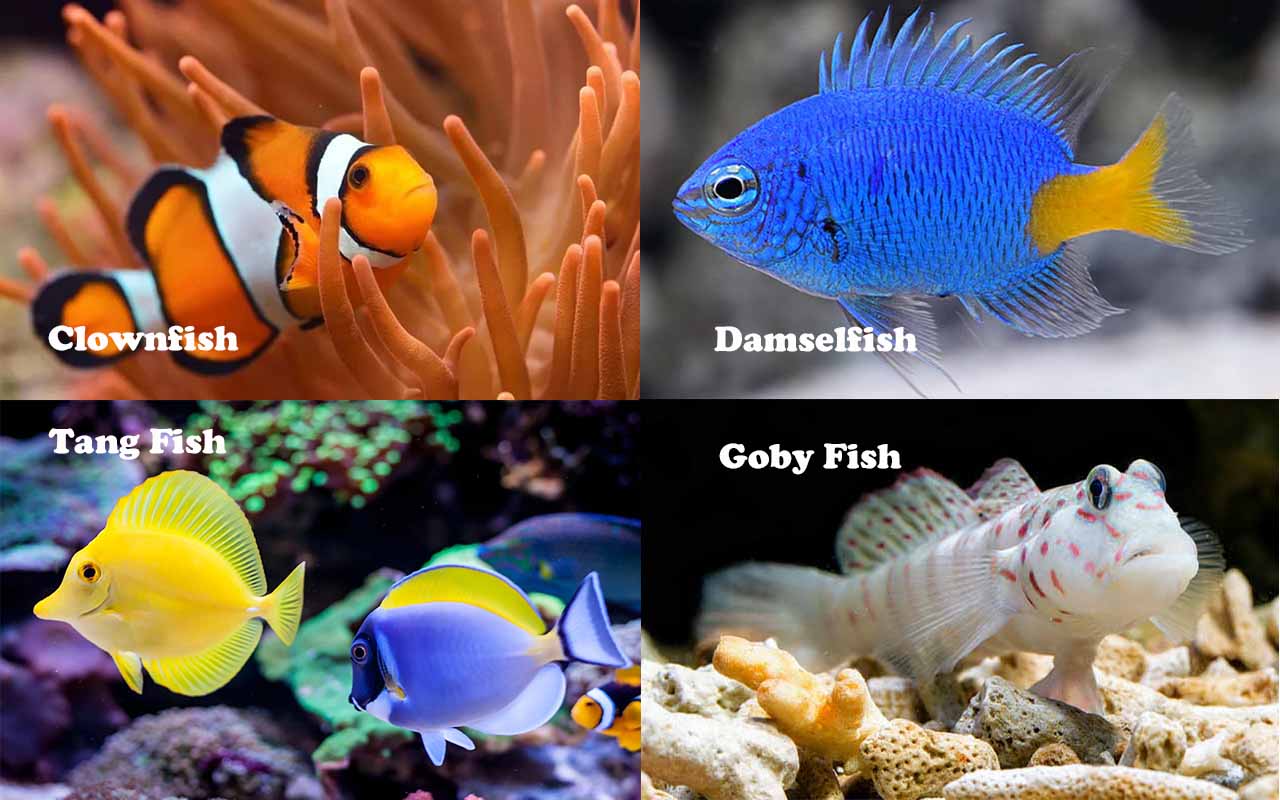
Basic Requirements for Retaining 6 Line Wrasse in Tanks
Keeping a 6 line wrasse in a tank calls for cautious consideration of various factors to make certain the well-being of the fish. Here are the necessities for putting in appropriate surroundings for a 6 line wrasse fish:
- Tank Size and Setup
– The minimal recommended tank length for a 6 line wrasse is 30 gallons.
– Provide masses of hiding places along with rocks, caves, and coral formations to imitate their herbal habitat.
– Ensure a stable lid or protection as they’re acknowledged to leap out of open tanks.
- Decor and Equipment
– Use stay rock to create an herbal environment and offer regions for the wrasse to discover and hide.
– Include a sandy substrate to duplicate their natural foraging conduct.
– Install an internal protein skimmer to maintain water first-rate and decrease organic waste.
- Lighting and Heating
– Install appropriate lighting fixtures to imitate herbal daylight hours conditions, as 6 line wrasses appreciate a nicely-lit environment.
– Maintain the water temperature between 75-82°F (24-28°C) with the usage of a heater and a thermometer.
- Water Parameters
– Maintain solid water parameters: pH stage between 8 and 8.4, salinity around 1.023-1.1/2, ammonia and nitrite stages at 0 ppm, and nitrate levels below 20 ppm.
– Regularly take a look at the water quality, use reliable aquarium test kits, and perform water modifications as essential.
- Tankmates
– 6 line wrasses can be territorial and aggressive towards different wrasses or in addition-shaped fish. Therefore, select tankmates cautiously. For instance, Tang fish, Clownfish, Hogfish, Goby fish, and most Damsel fish can be kept with 6 line wrasses in one tank.
– Avoid keeping them with aggressive or larger fish, which can harm or pressure the wrasse.
- Feeding
– 6 line wrasses are carnivorous and in most cases feed on small invertebrates and tiny crustaceans in the wild.
– Offer a diet with great marine pellets, frozen or live brine shrimp, mysis shrimp, and other small meaty ingredients.
– Feed small portions more than once in instances and in the afternoon to ensure they receive good enough nutrition.
- Monitoring and Maintenance
– Regularly display the water’s nice parameters, including temperature, salinity, and ammonia levels.
– Perform everyday water changes to hold the greatest water situations and remove any excess vitamins.
– Keep a watch on the wrasse’s conduct, appetite, and normal fitness to discover any signs and symptoms of infection or pressure.
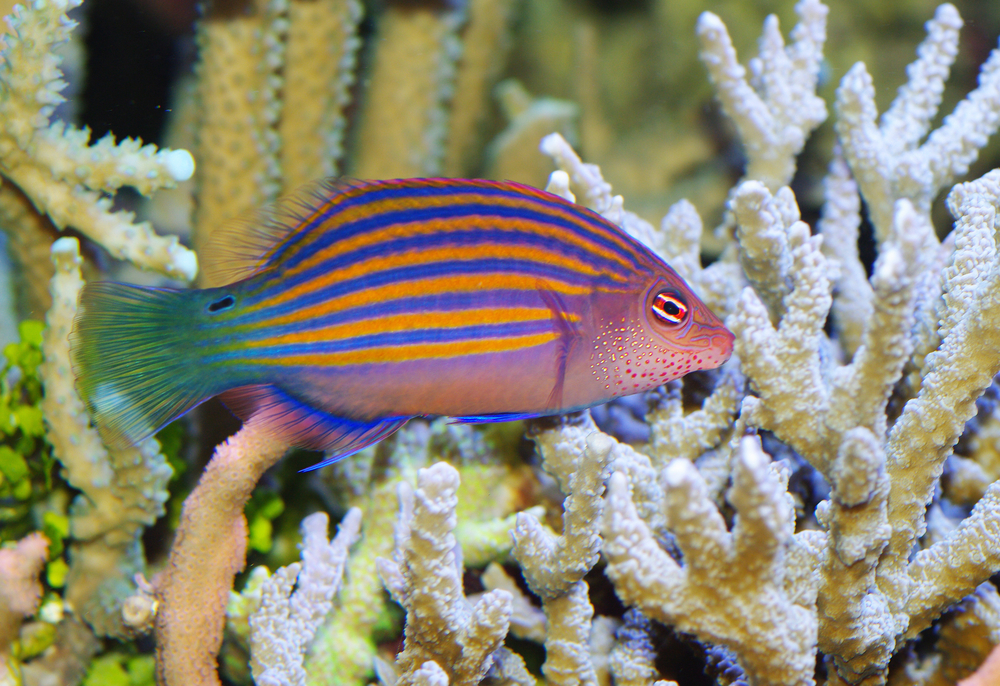
Six Line Wrasse Care Guide
Feeding
The Sixline wrasse is an omnivorous fish that requires a varied eating regimen to fulfill its nutritional needs. It ought to be fed a combination of amazing pellets or flakes, frozen or stay meals, and even some vegetables. Providing a balanced fish feeder will help hold the vibrant hues of your fish and assist its common health.
Maintenance
Maintaining an easy and strong tank surroundings is vital for the proper-being of your six-line wrasse. Regular water adjustments, generally 10-20% each week, will help hold the water parameters solid and eliminate any collected waste. Ensure that the tank has proper filtration and adequate water waft to imitate the fish’s herbal habitat.
Breeding
Keeping six line wrasses in captivity may be challenging, as they tend to be tough to sex and have precise necessities for a successful replica. Breeding pairs need to be introduced into a separate breeding tank with plenty of hiding spots and appropriate substrate for egg deposition. Providing the greatest water situations, along with steady temperature and salinity, will boost the probabilities of a hit breeding.
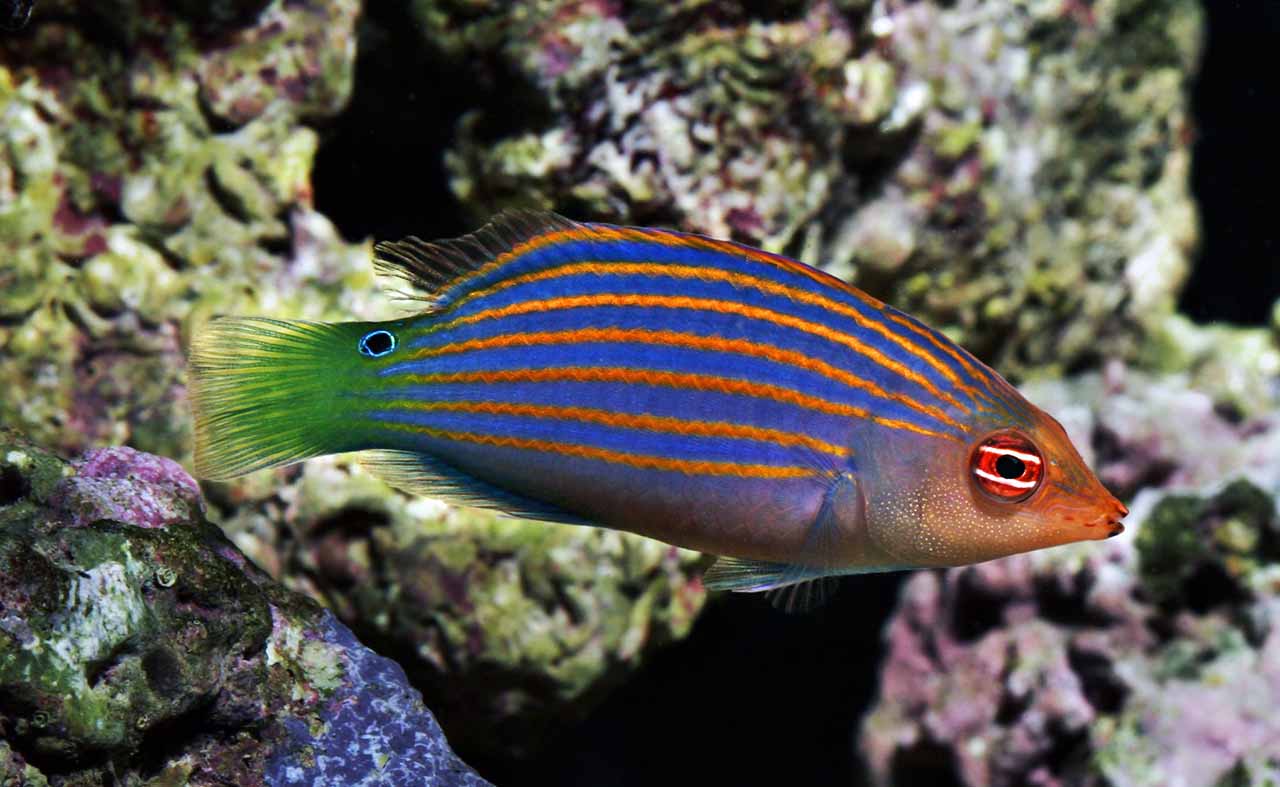
Tips for Longevity of Sixline Wrasse
To maximize the lifespan of sixline wrasse, remember the following pointers:
- Tank Compatibility: Ensure that your fish is housed with well-matched tank associates that won’t harass or stress it out.
- Tank Size: Provide a tank with sufficient swimming space for the lively nature of the sixline wrasse. A minimal tank size of 30 gallons is recommended.
- Hideouts and Rock work: Create masses of hiding spots with stay rock or artificial structures to mimic their herbal reef environment.
- Acclimation: Properly acclimate your fish to the new tank environment to decrease stress and ensure a smooth transition.
- Regular Observation: Monitor your fish’s conduct, appetite, and common well-being frequently. Any signs and symptoms of contamination or stress should be addressed right away.
Key Takeaways
Mastering the care of Sixline Wrasses hinges on expertise in their temperament and assembly-specific requirements. Be careful of their ability aggression, considering tankmates carefully. A 30-gallon tank with sufficient hiding areas and strong water situations is important for one fish.
Maintain a diverse food plan, screen behavior carefully, and be vigilant about water quality. By tending to those elements, you could liberate the splendor of these vibrant fish on your aquatic realm, while ensuring their nicely-being and durability.

